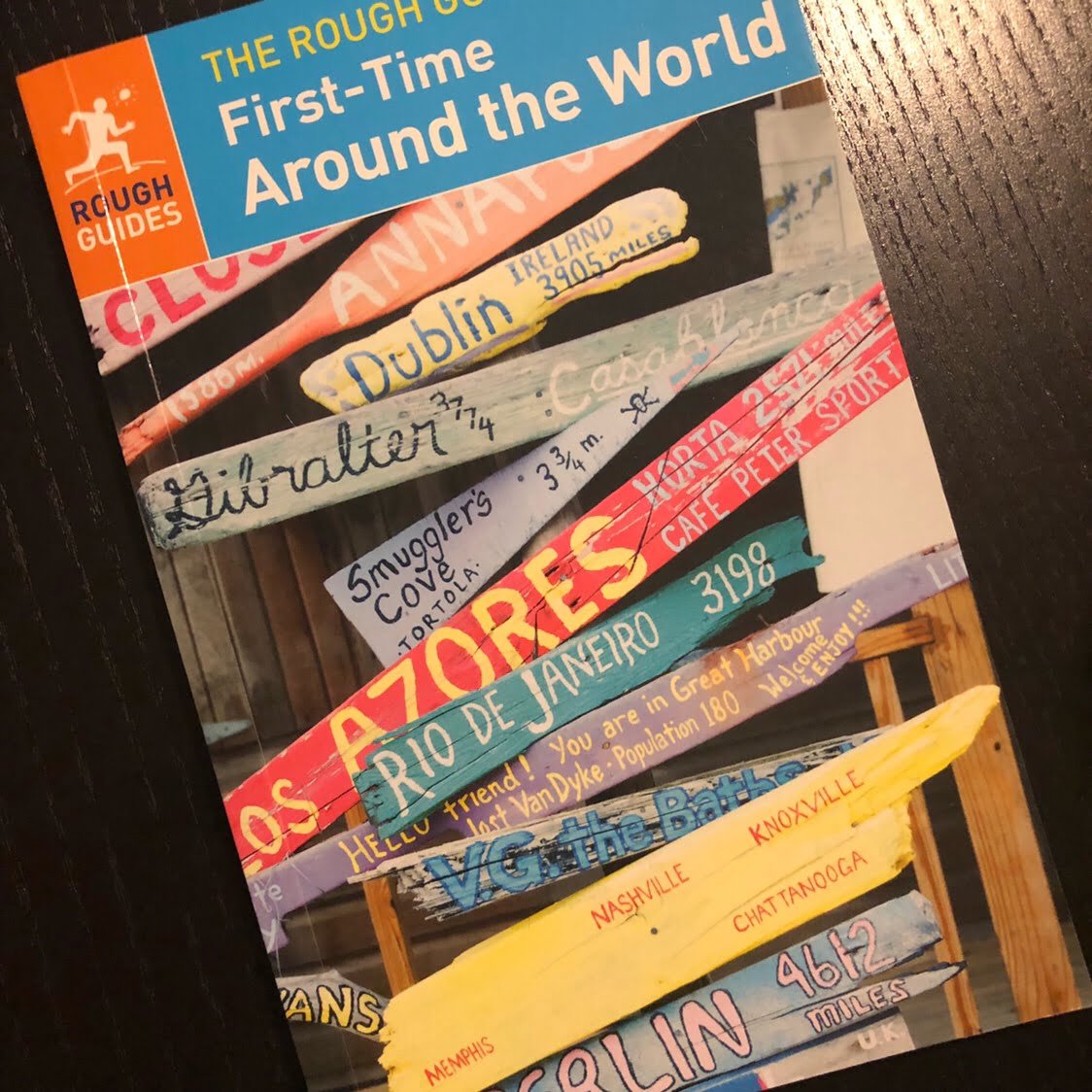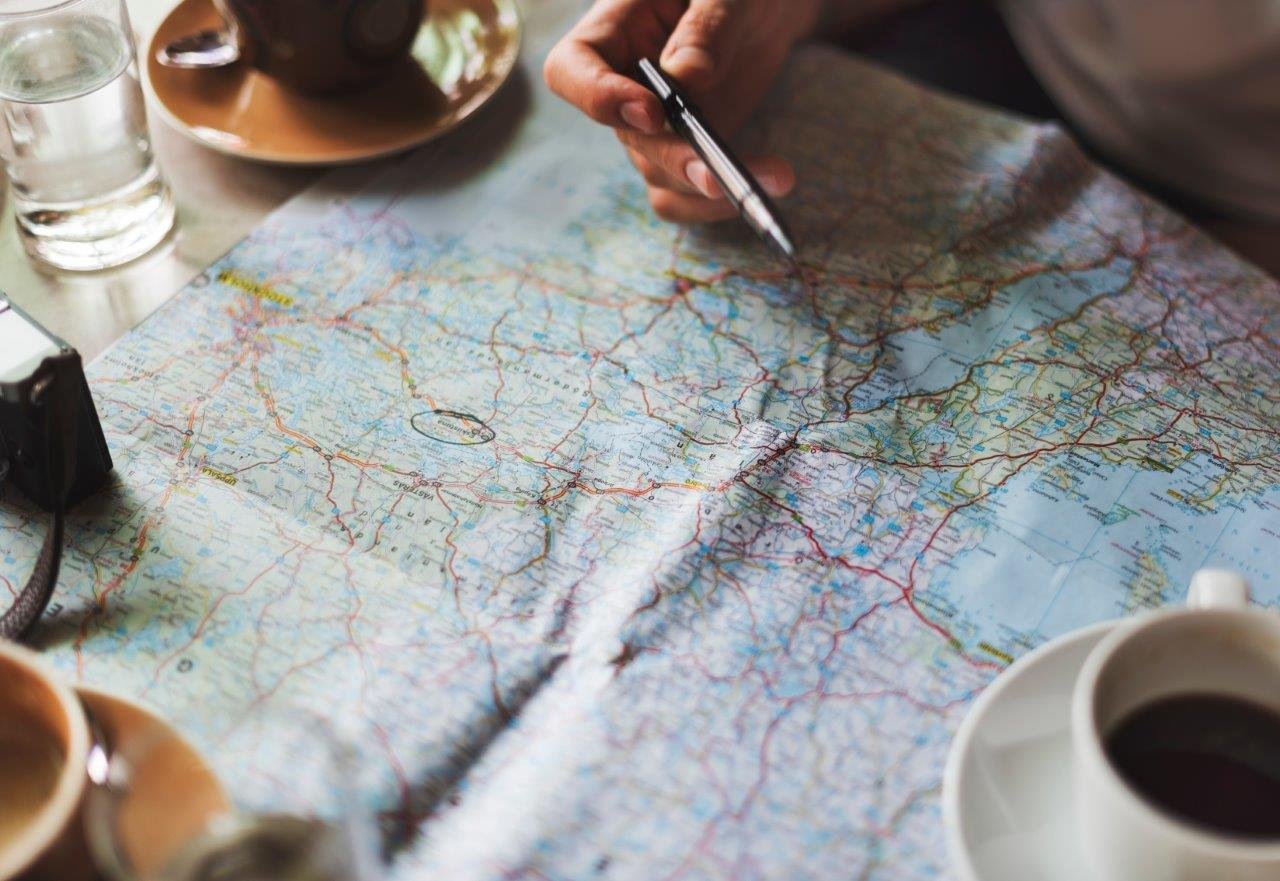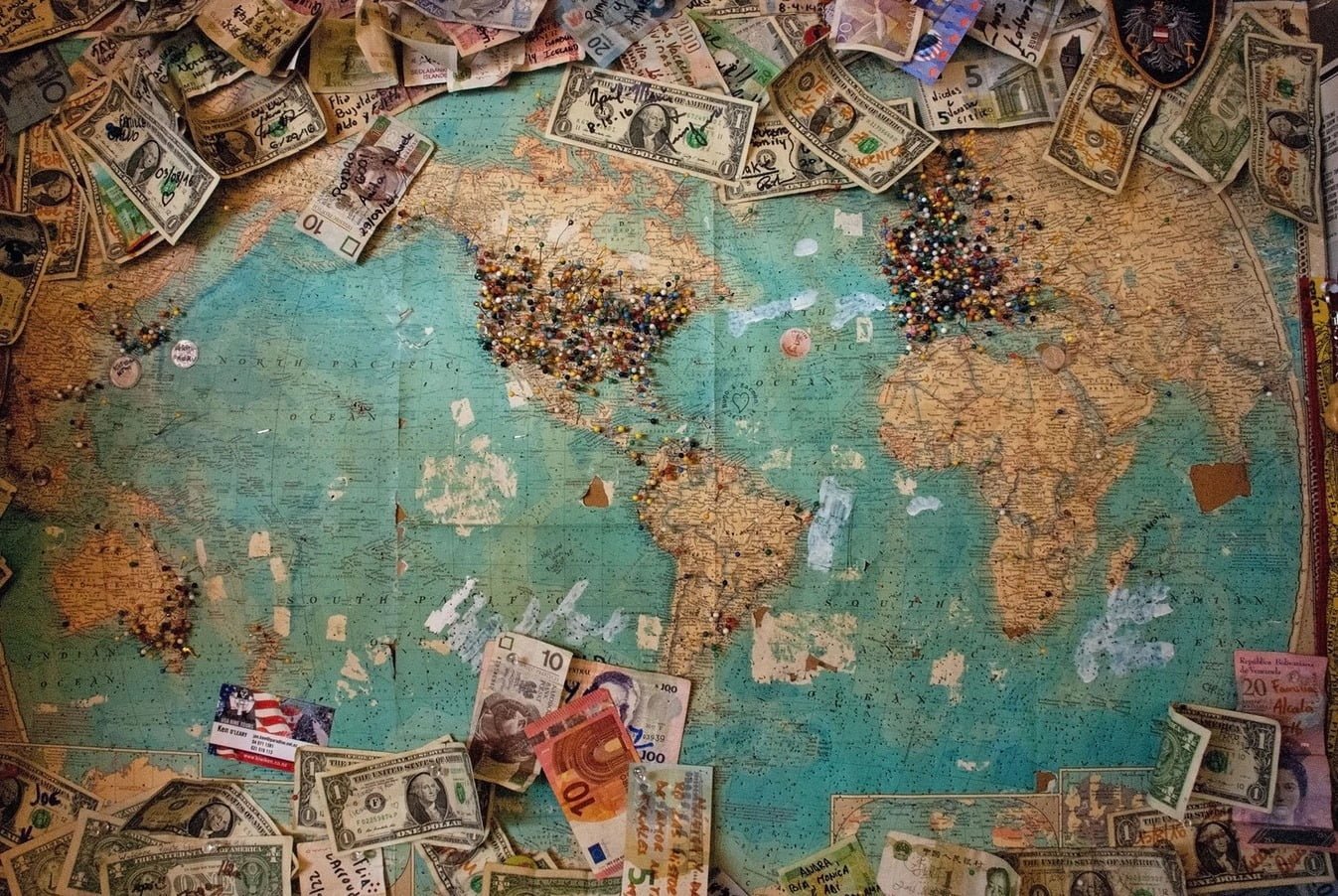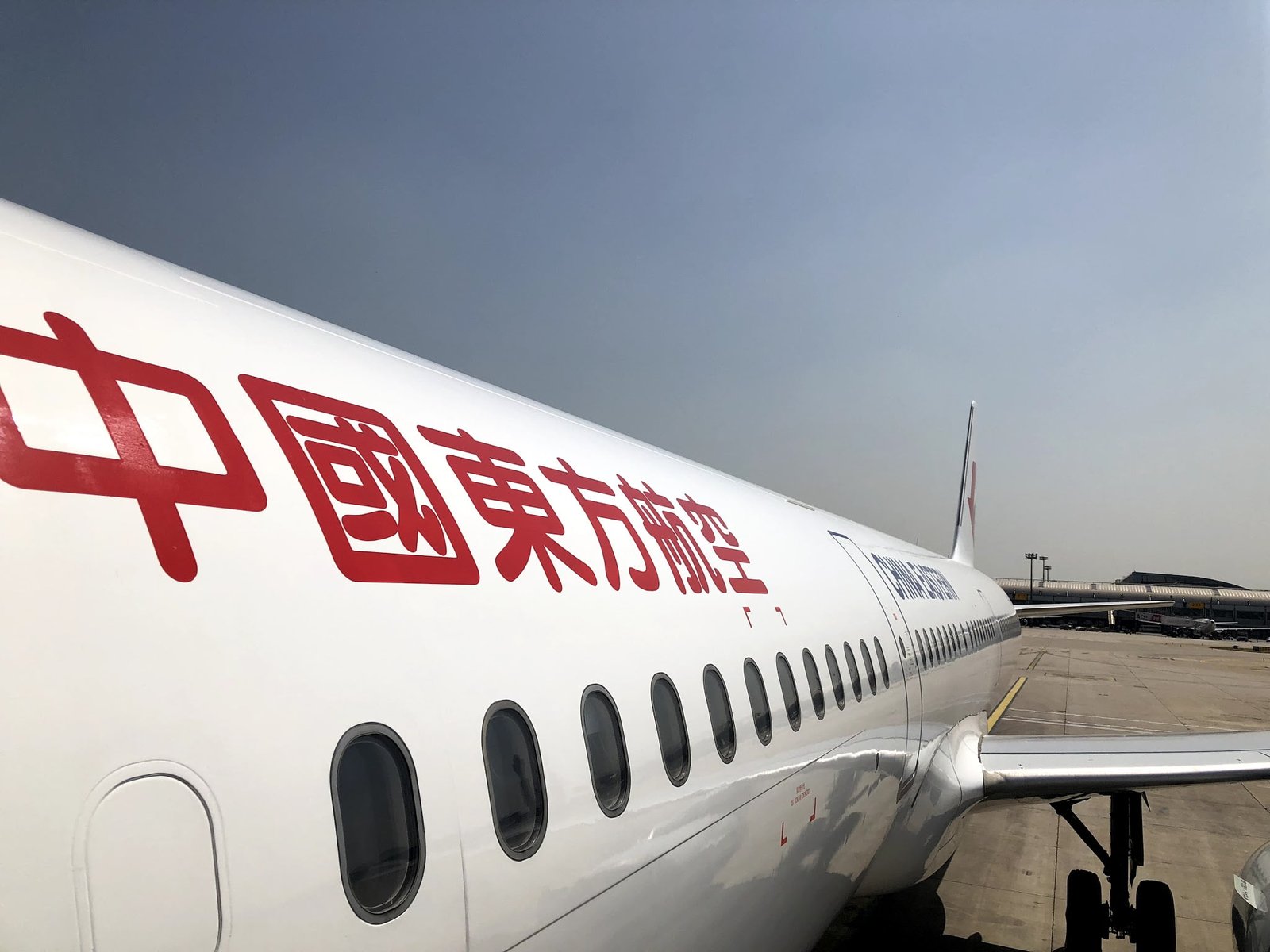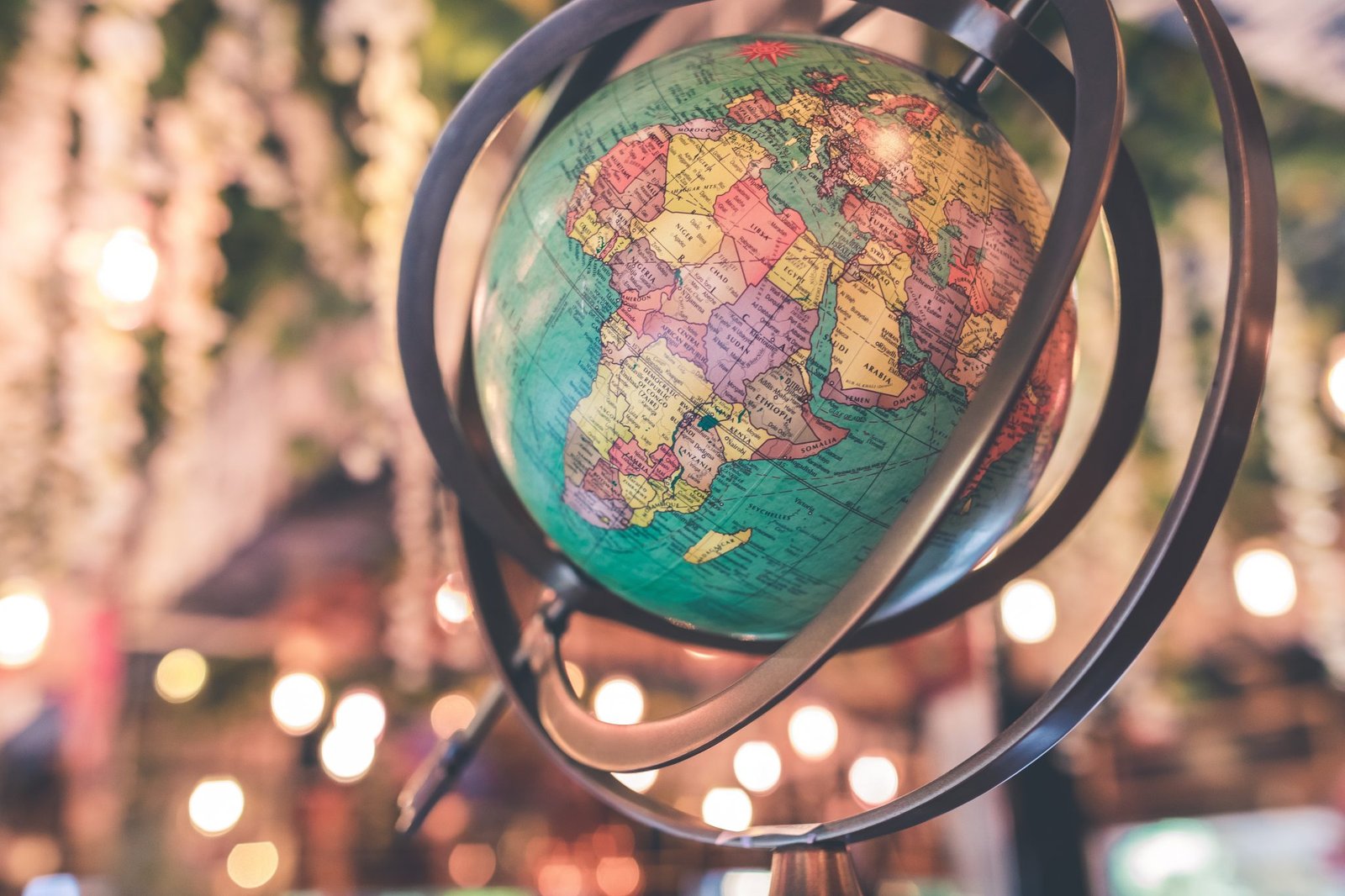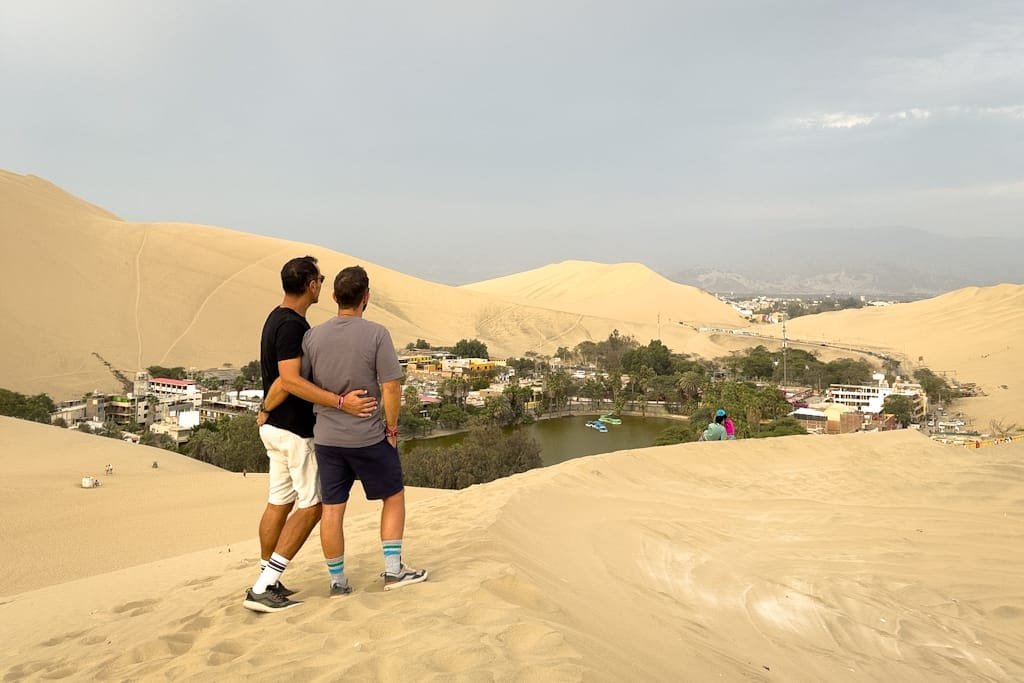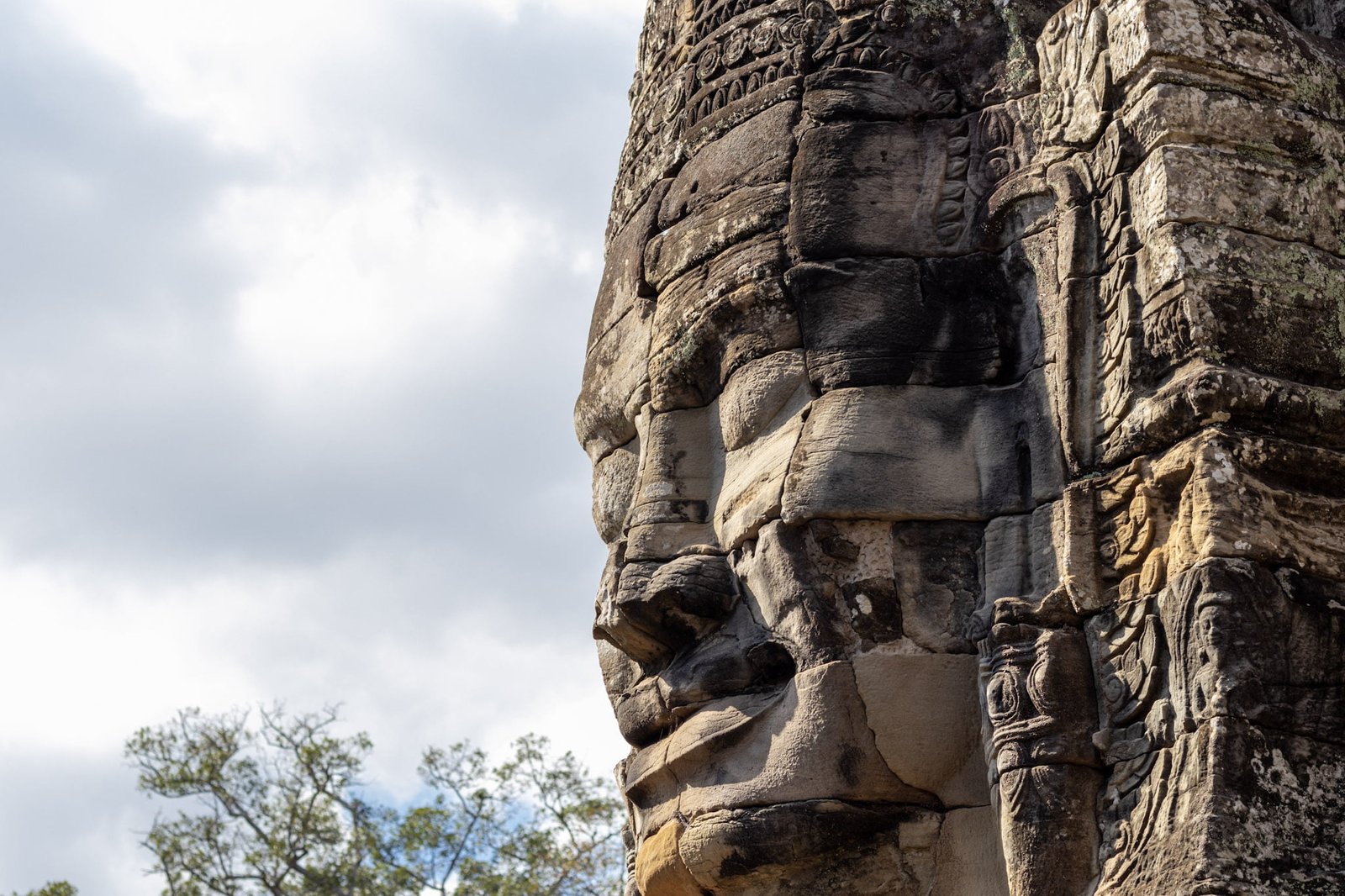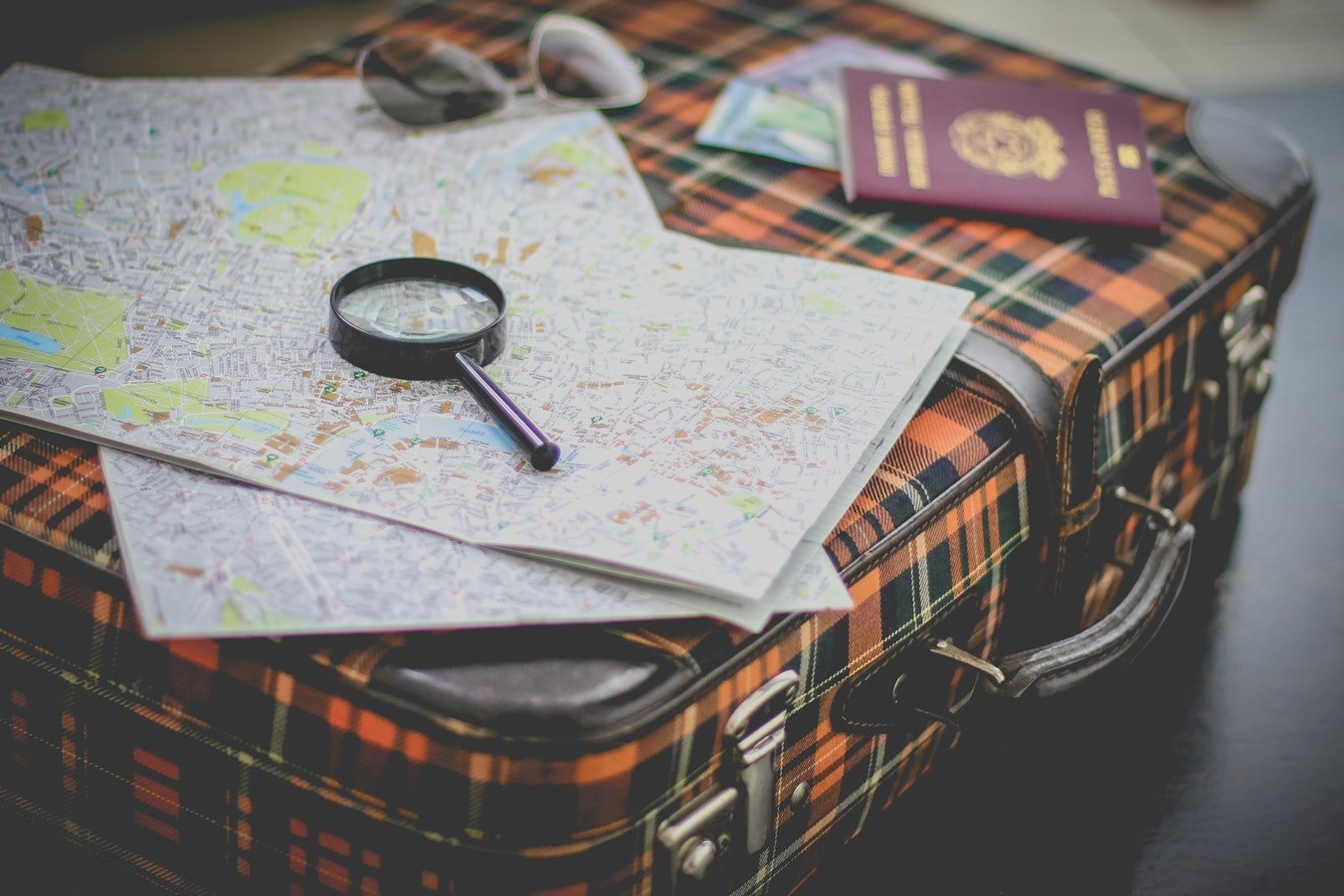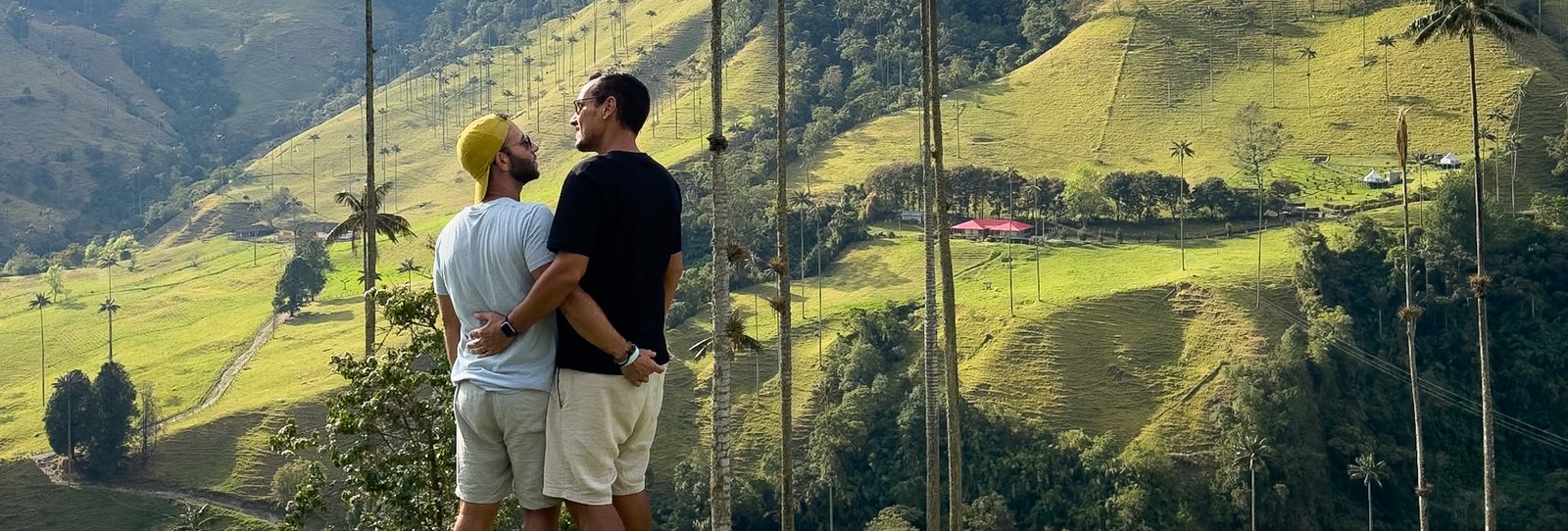When it comes to planning an RTW (round the world) trip, it becomes evident that there is a need to follow certain steps to make it feasible.
An RTW trip, or Round The World, is characterized by being an extended journey that circumnavigates the globe, crossing the Atlantic and Pacific oceans and making stops on 3-6 continents. However, this definition is not rigid, as there are various approaches to undertaking an RTW trip.
The choice between keeping the trip more flexible or planning and booking all the details in advance depends on the traveler and their preferences. However, when planning an RTW trip, some aspects require attention and planning. This is a process that can be time-consuming and sometimes challenging, but it is also gratifying, making the dream of traveling around the world more tangible and achievable.
In recent years, there has been a significant increase in the number of travelers embarking on world adventures, becoming inspiring sources for others. Travelers like Nomadic Matt have shared their experiences and knowledge, motivating many to follow in their footsteps and explore the world more comprehensively. Both Lonely Planet and Condé Nast Traveler have played important roles in providing valuable resources and essential information for travelers through detailed articles and expert guidance, becoming essential references for us as we plan and execute our journeys around the world.
As Nomadic Matt says “I remember when I started planning my first trip around the world. I had no idea what I was doing,” that’s exactly why we share this guide, to allow everyone thinking about doing an RTW to have the support and experience of travelers, like us, who have already done it. This text is based on our personal experience and research conducted for our trips around the world.
TABLE OF CONTENTS
Determine your reasons for a round-the-world trip

The crucial first step in planning an RTW (round-the-world) trip is to identify your reason for embarking on this journey. This initial motivation serves as the starting point that triggers the entire planning process. Once established, there is no turning back.
There is no right or wrong reason; there is only your reason. As we travel more, we understand this fact better. It could be a quest for self-discovery, the exploration of new careers, or anything else that makes sense to you.
A National Geographic article explores the concept of travel as an intrinsic human need, rooted in our history and driving us to explore for growth and survival. Despite the challenges, travel offers benefits such as personal growth and cultural understanding, suggesting that we should embrace it as an essential need for our enrichment. Therefore, a trip around the world should be seen as a unique opportunity for you.
Considering the itinerary
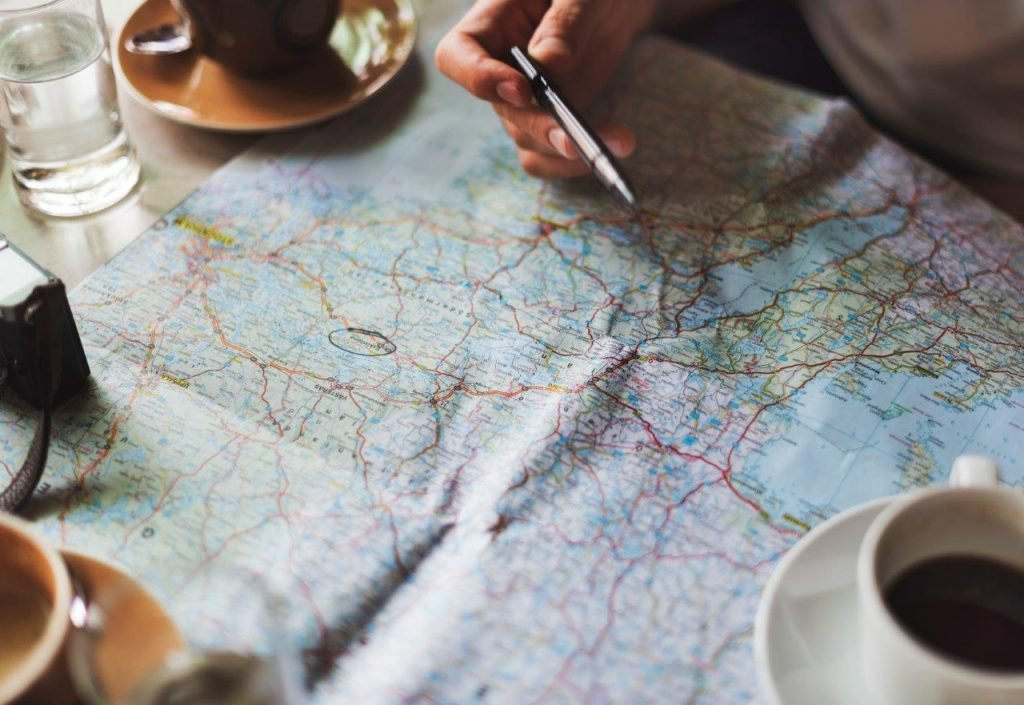
One of the most exciting phases when we start planning a round-the-world trip is mapping out the itinerary. This stage is particularly thrilling. However, the process of adjusting destinations due to time and budget constraints has proven challenging. The itinerary of a round-the-world trip is highly personal, focusing on you, your interests, and your motivations. While planning the itinerary is crucial, it’s equally important to be open to deviations as needed.
In our case, traveling as a couple, even with a long history of traveling together, we discovered that some interests are different. Therefore, it was necessary to reach compromises and concessions as we elaborated the itinerary for our round-the-world trip. Reaching a consensus on the final itinerary was a long journey and involved several revisions.
This step in planning a round-the-world trip should not be disconnected from the next step – establishing the budget. These two elements are interconnected, as your budget may be limited and may not cover all the activities you would like to do.
Additionally, when planning a round-the-world trip, it is crucial to consider issues related to visas, safety, and cultural aspects. The IATA Travel Centre provides information on these topics, so it’s a tool we always use. Make sure to research and understand the visa requirements for the countries you plan to visit to avoid setbacks during the trip. Also, stay informed about safety precautions in each destination and respect local cultural norms for a more rewarding and harmonious travel experience. Consulting embassy websites helps to obtain updated and reliable information.
Determine your budget
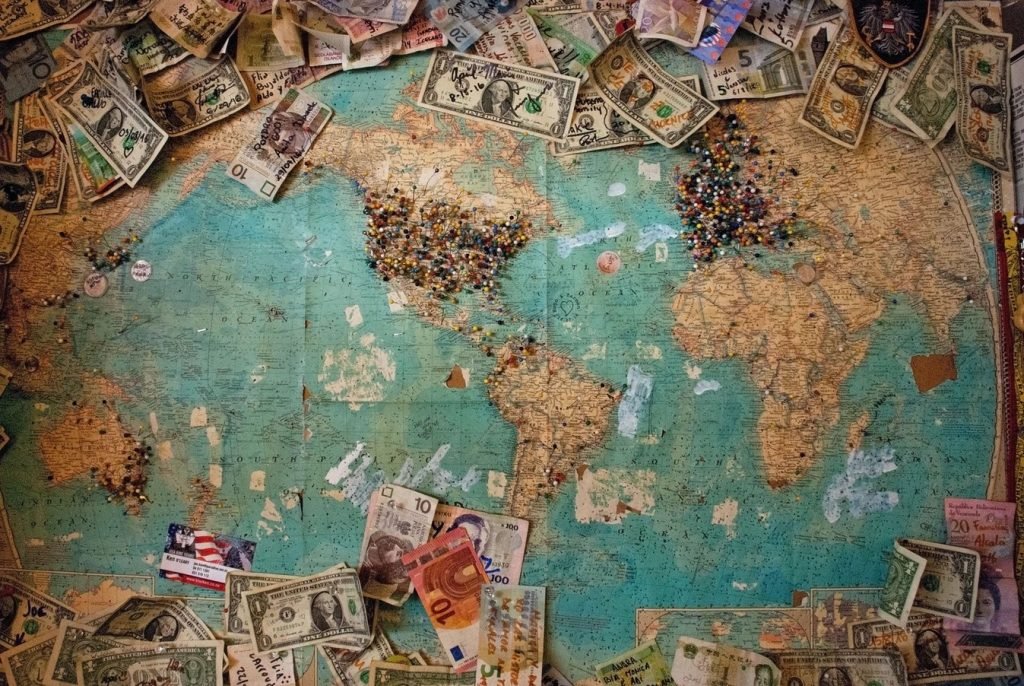
This stage, although less thrilling, is fundamental. When defining your budget, it’s important to consider various factors, including the duration of the trip, the itinerary (as a month in Southeast Asia is not the same as a month in Australia), must-do activities (such as museums, activities, and attractions), types of accommodation, and modes of transportation. Lonely Planet offers valuable money-saving tips during travel.
In addition to the budget for the trip itself, when planning an RTW (round-the-world) trip, you should anticipate pre-travel expenses such as vaccinations, medications, travel gear, travel insurance, and backpack/suitcase, among others.
It’s also important to allocate a budget for inevitable fixed expenses during the trip, as well as for any unforeseen circumstances that may arise along the way.
Buying the tickets
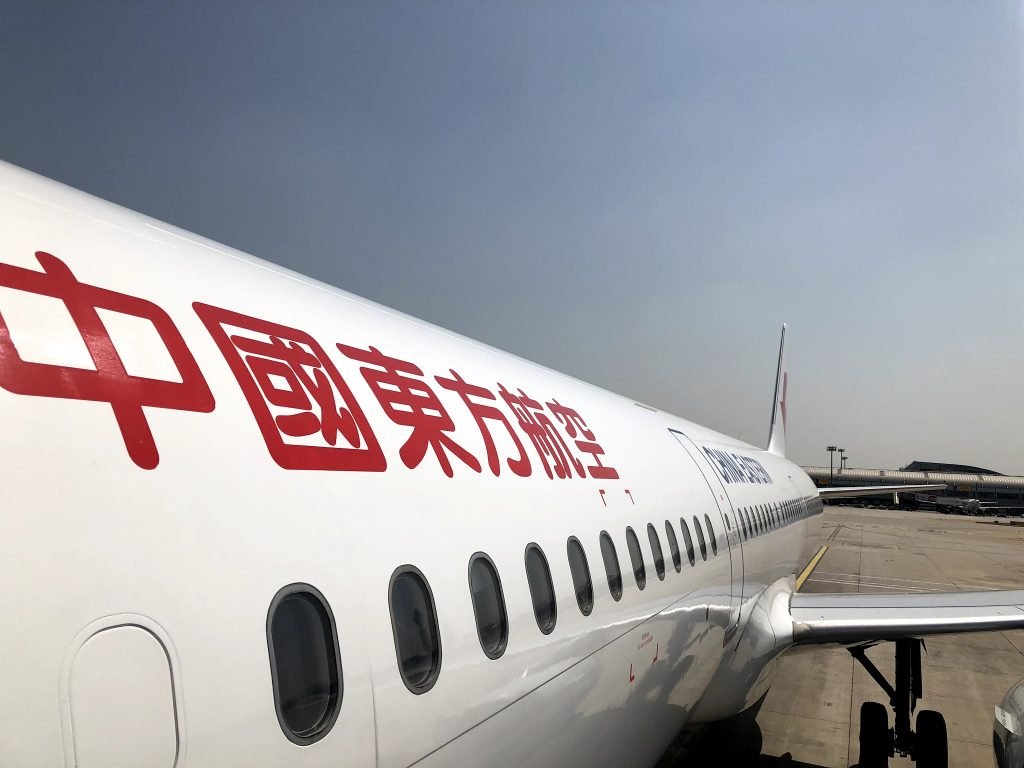
As we delved into our research on planning an RTW (round-the-world) trip, we were amazed by the wide range of options available. We discovered that we had the choice of purchasing an RTW ticket offered by a renowned airline alliance such as Star Alliance, SkyTeam, or OneWorld. Alternatively, we could choose to fly exclusively or combine flights with overland segments for a more in-depth exploration of destinations. Another possibility was to decide and purchase tickets individually during the trip, using a popular flight aggregator like Skyscanner. The flexibility of these options allowed us to adjust the itinerary according to our preferences and budget, ensuring a personalized and memorable experience throughout the journey.
The FlightConnections tool has become an essential tool for us, enabling us to understand available routes and the airlines operating them, helping us optimize our routes.
Take care of your health before you go

Ensuring your health and being prepared for eventualities before you depart makes the journey safer and more peaceful. Before leaving, we made sure to schedule a traveler’s consultation to obtain necessary and recommended vaccinations, as well as to purchase any medication that might be needed during the trip. We also selected our travel insurance in advance to protect ourselves against unforeseen circumstances along the way.
The FitForTravel plays a crucial role in planning our health while traveling. This platform provides up-to-date information on recommended vaccines, health alerts, and specific medical advice for each destination. By consulting FitForTravel along with the appropriate advice from a specialized healthcare professional, we were able to be fully informed about any health risks in our destinations and take appropriate preventive measures. This extra precaution provided us with greater peace of mind during the trip, allowing us to fully enjoy the experience without unnecessary worries.
Your equipment and what to bring for your trip
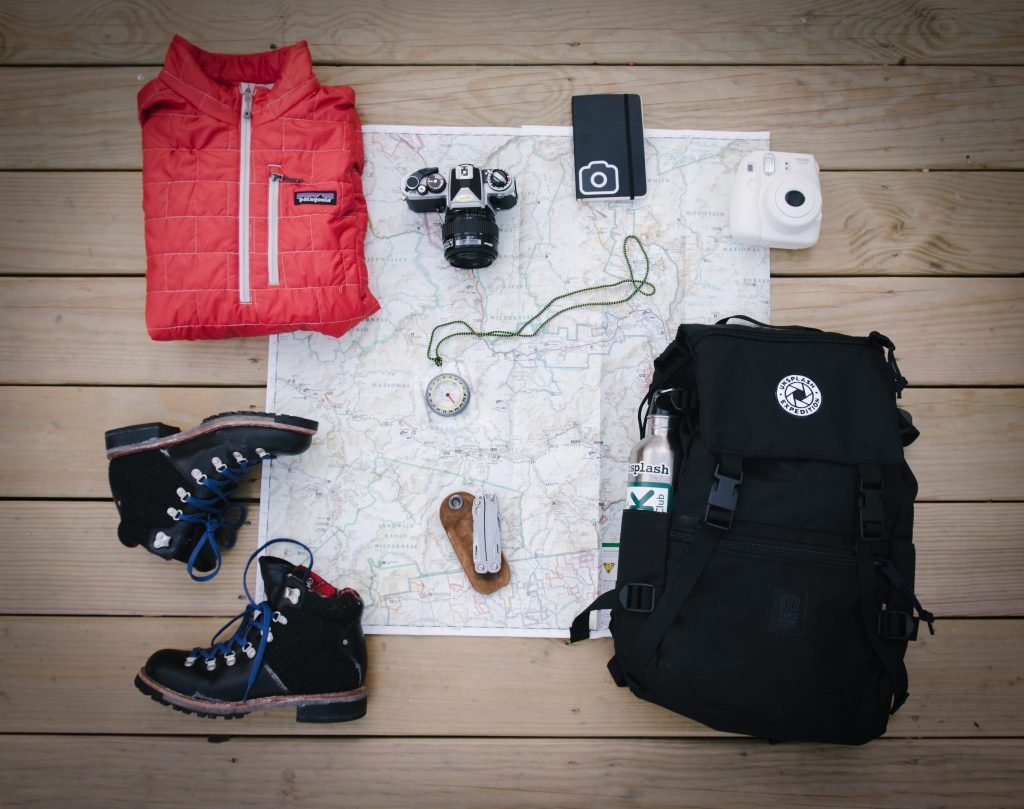
When planning an RTW (round-the-world) trip, it’s crucial to carefully consider what to bring with you in your luggage. One of the most valuable lessons we’ve learned throughout our travels is that traveling light provides incredible flexibility and freedom. During our first trip around the world and subsequent journeys, we gradually left some things behind along the way, allowing us to become lighter and more agile.
Therefore, only bring the essentials and opt for a bag that meets the requirements to be accepted as carry-on luggage by most airlines. In addition to saving money on checked baggage fees, you also avoid the risk of losing or misplacing your luggage, ensuring that you always have everything you need with you during the trip.
Remember that you only need enough clothes for a week. The rest can be easily washed anywhere quickly and inexpensively. This minimalist approach not only helps you avoid excess weight but also allows you to easily adapt to different situations and environments throughout the trip. Ultimately, traveling with less luggage provides you with a sense of freedom and lightness that significantly enriches your travel experience.
Final steps before departure
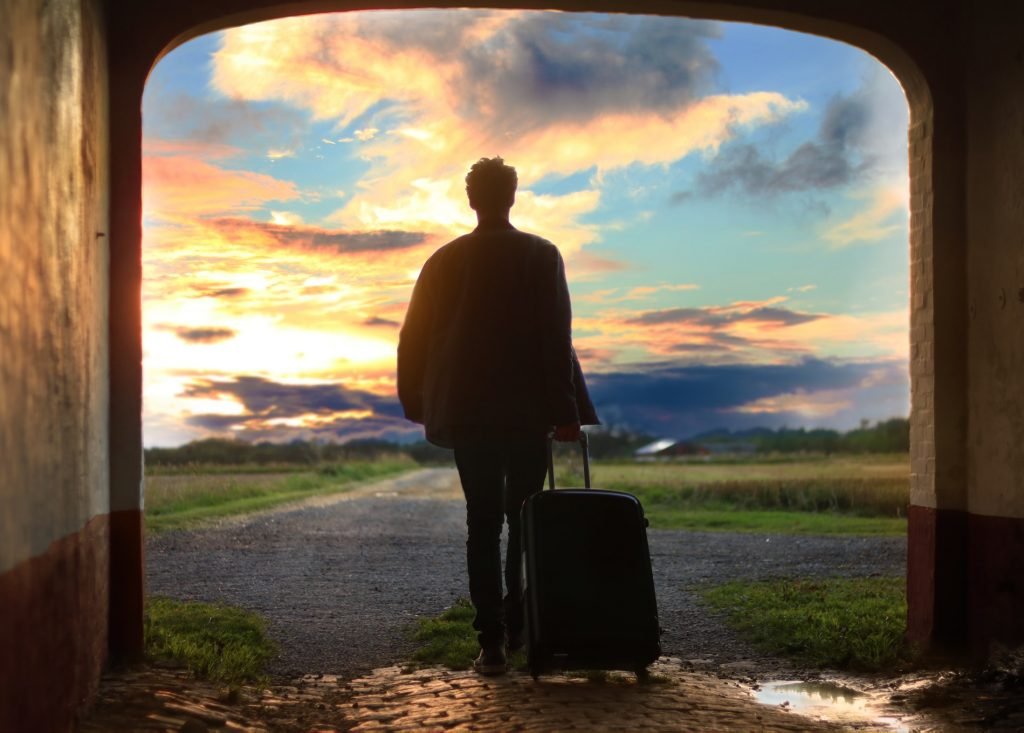
We’ve reached the ultimate step in planning an RTW (round-the-world) trip. The long-awaited moment is almost here, so it’s crucial to meticulously review all the details of the trip and bid farewell to the places and people you’ll leave behind during your absence.
Do not underestimate the importance of reviewing your itinerary and ensuring that all necessary documents are in order. Although we live in a digital age, it is still wise to print confirmations, as unforeseen events with the battery of electronic devices can occur. In certain circumstances, a physical copy is essential.
Additionally, don’t forget your passport, the most vital document for this journey. And above all, enjoy this unique adventure to the fullest that you are about to embark on.
Do you have more questions about planning an RTW (round-the-world trip)?
All our FAQs about the process of planning an RTW (round-the-world).


